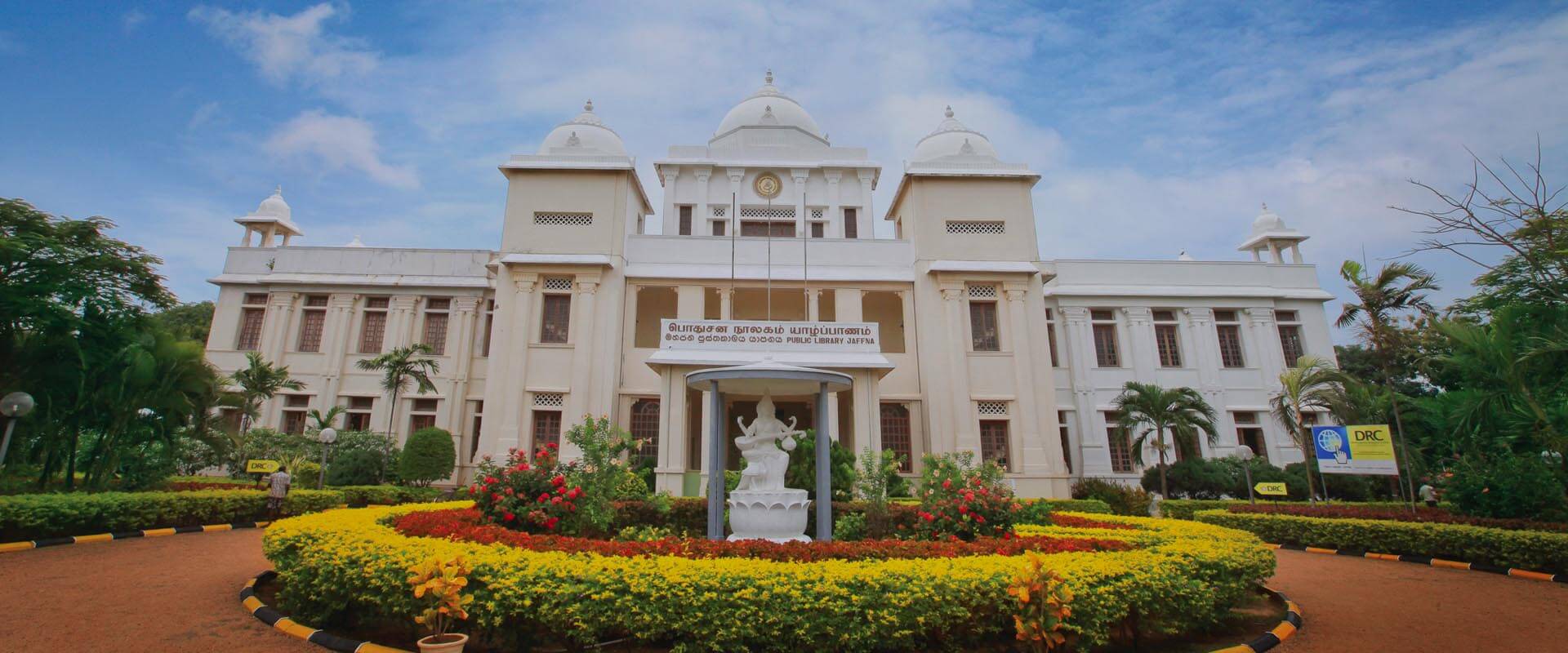Jaffna
The northernmost district of Sri Lanka is only a few miles from India and similarities to the Indian Tamil culture are obvious in this part of the island. The province is a de facto Tamil heartland where Hinduism replaces Buddhism and Tamil is spoken in place of Sinhala. The sparsely populated region even looks different from the rest of the island, with its red earth and palmyra trees.
Inhabited since antiquity by Tamils from southern India, the north is visibly different from the rest of Sri Lanka. There is a strong Indian influence in this part of the country, but the Sinhalese, the Arab traders, as well as the Dutch, Portuguese and British colonialists have all left their mark.
The Sri Lankan Civil War has had a tremendous impact on the region. Cut off from the rest of the country for years during the war, the north still bears stark reminders of the conflict in the form of bullet-ridden buildings and a strong military presence. It is gradually recovering from its traumatic past and tourists, both Sri Lankan and foreign, are flocking to the Northern Province now that is open for business again. The infrastructure is still a little fragile in this part of Sri Lanka, but visitors are drawn to the area just the same to experience its natural, eerie beauty.
Jaffna also has many vibrant kovils as well as an abundance churches. The Jaffna Peninsula is a quiet region with sundrenched coasts and vast tracks of palmyra trees, excellent for bird-watching. However, the remote islands, situated southwest of the peninsula, are the true jewels in Jaffna’s crown, with their gorgeous beaches possessing an unmistakable charm.The town is a great base for day trips around the peninsula- some tourists also venture out to the Jaffna Islands, particularly Karaitivu or Kayts, to relax on the beach.


